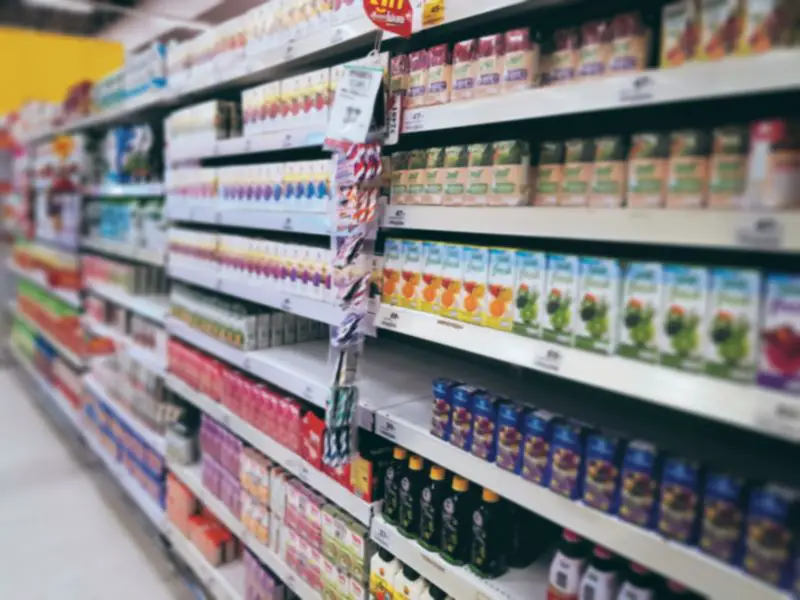Click here to get this post in PDF
In today’s rapidly evolving digital landscape, the packaging industry is experiencing a transformative shift driven by technological advancements. No longer just a protective shell for products, packaging has become a dynamic medium for enhancing consumer engagement, optimizing supply chains, and promoting sustainability. At the forefront of this evolution are technologies like Augmented Reality (AR), Quick Response (QR) codes, and a host of other innovations that are redefining the role of packaging in modern commerce.
Augmented Reality (AR): Enhancing Consumer Interaction
Augmented Reality has emerged as a powerful tool in the packaging sector, offering brands an immersive way to connect with consumers. AR technology overlays digital content onto the physical world, accessible through smartphones or AR glasses. This capability allows brands to transform ordinary packaging into interactive experiences that captivate and inform.
For instance, a cereal box equipped with AR features can come to life with animated characters, games, or nutritional information when viewed through a mobile app. This not only entertains but also educates consumers, creating a memorable brand experience. In the beauty industry, AR-enabled packaging can offer virtual try-ons, allowing customers to see how makeup products would look on their skin before making a purchase.
AR also plays a pivotal role in product authentication and anti-counterfeiting measures. By embedding unique AR markers within packaging, brands can help consumers verify the authenticity of high-value items, thereby enhancing trust and brand integrity.
QR Codes: Bridging the Physical-Digital Divide
While QR codes have been around for decades, their integration into packaging has surged in recent years, driven by the proliferation of smartphones with built-in QR scanners. These matrix barcodes are versatile, cost-effective, and easy to implement, making them a staple in modern packaging design.
QR codes serve as gateways to a wealth of digital content. By scanning a QR code on a product package, consumers can access instructional videos, promotional offers, product origin information, and even augmented reality experiences. This seamless connection between the physical product and digital content enhances customer engagement and provides valuable insights into consumer behavior.
In the food industry, QR codes are instrumental in promoting transparency. Brands use them to share detailed information about sourcing, nutritional content, and sustainability practices. This level of transparency not only meets growing consumer demand for ethical consumption but also strengthens brand loyalty.
Beyond AR and QR Codes: Emerging Technologies in Packaging
While AR and QR codes are prominent, other cutting-edge technologies are also shaping the future of packaging. Near Field Communication (NFC) tags, for example, allow for contactless data transfer when a smartphone is brought close to the packaging. NFC is widely used for secure payment systems, but its application in packaging is expanding to include product authentication, loyalty programs, and personalized marketing.
Another innovation is smart packaging, which incorporates sensors and indicators to monitor the condition of the product. For instance, time-temperature indicators can show if a perishable item has been exposed to unsuitable conditions during transit, ensuring product safety and reducing waste. Intelligent packaging can also alert consumers when a product is nearing its expiration date, promoting timely consumption and minimizing food waste.
Sustainability-focused technologies are also gaining traction. Digital watermarks embedded in packaging materials can improve recycling processes by enabling more efficient sorting of different types of plastics. Additionally, advancements in biodegradable and eco-friendly materials are reducing the environmental impact of packaging, aligning with global sustainability goals.
The Business Perspective: Leveraging Technology for Competitive Advantage
For companies, integrating these technologies into packaging is not just about staying current—it’s a strategic move to gain a competitive edge. Businesses like Brandt Box are recognizing the potential of smart packaging solutions to differentiate their offerings and meet the evolving needs of consumers.
Technological integration enhances supply chain efficiency through improved tracking and inventory management. Real-time data from smart packaging can streamline logistics, reduce losses, and optimize stock levels. Moreover, the analytics derived from consumer interactions with AR, QR codes, and NFC tags provide valuable feedback for refining marketing strategies and product development.
Challenges and Considerations
Despite the benefits, adopting advanced packaging technologies comes with challenges. The cost of implementing AR features, NFC tags, or smart sensors can be significant, particularly for small and medium-sized enterprises. There are also technical barriers, such as ensuring compatibility across different devices and maintaining data security and privacy.
Furthermore, consumer adoption varies. While tech-savvy audiences may readily embrace interactive packaging, others might find it unnecessary or cumbersome. Hence, companies must strike a balance between innovation and user-friendliness, ensuring that the added technological features genuinely enhance the consumer experience.
The intersection of technology and packaging represents an exciting frontier with vast potential to revolutionize how brands interact with consumers and manage their operations. Augmented Reality, QR codes, and emerging technologies like NFC and smart sensors are not just enhancing the functionality of packaging but also redefining its role in the product lifecycle.
As businesses continue to explore these innovations, the key to success lies in thoughtful implementation—leveraging technology to create value, foster sustainability, and build stronger connections with consumers. In this dynamic landscape, packaging is no longer just about containment; it’s about communication, experience, and engagement in the digital age.
Also read:
How Augmented Reality Can be Applied in Manufacturing
Flam raises $14M to scale AI infrastructure for brand and marketing industry globally
Image source: elements.envato.com

